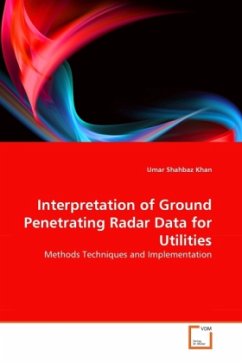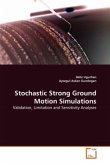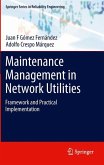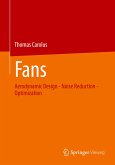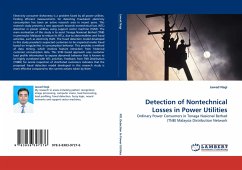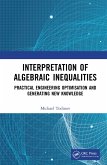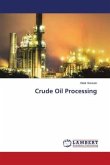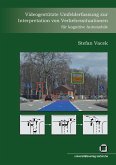A Ground Penetrating Radar (GPR) survey for subsurface investigation yields a large amount of data; within this data only a small percentage represent the actual targets of interest. The current GPR data processing for underground utilities relies on skilled operators and involves many computationally expensive and time consuming processing stages before any information about the subsurface is concluded. These results are often based on broad assumptions and involve human intervention, which is a source of inconsistency and error, hence rendering the results to be unreliable. The data processing stages involve pre-processing of the data followed by detecting the areas that contain the targets and extracting the target signature after which a final interpretation of the target parameters is made. This book automates the data processing stages as well as suggests improvements in existing tools and techniques to make them more efficient and robust. New data processing tools have been developed which are superior to existing methods in terms of performance and require less computational cost and time to produce results.
Bitte wählen Sie Ihr Anliegen aus.
Rechnungen
Retourenschein anfordern
Bestellstatus
Storno

